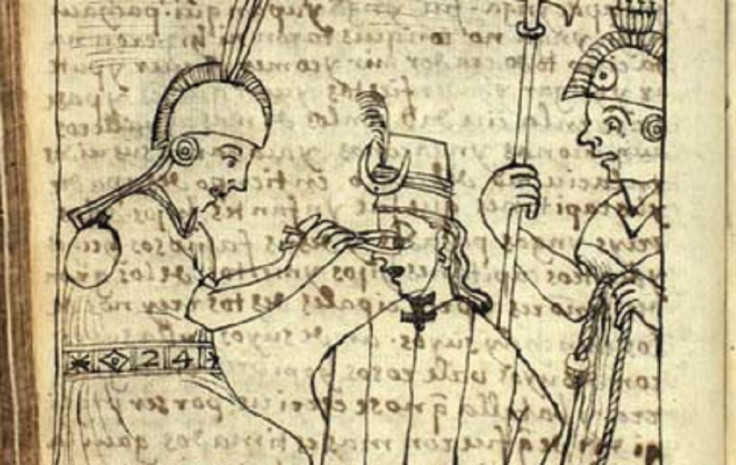Bolivia: Ancient Wata Wata skulls show signs of extreme torture in Pre-Columbia

Evidence of gory torture in Pre-Columbian civilisation of Wata Wata has been discovered, with skulls showing signs of beatings, jaw removal, defleshing and possibly eye extraction.
Archaeologists working the Wata Wata site in Bolivia, east of the Titicaca Basin, found the three skulls entombed in a ritual cache and sealed with a capstone – a "dedicatory offering".
The skulls come from the period between 200 and 800 AD – a time between the Late Formative period and Tiwanaku period.
At the time, trophy head taking was common in Andean cultures. However, evidence of the practice is normally only found in iconography, rather than physical remains, researchers note in the journal Latin American Antiquity.
The authors, from the University of California at Riverside and University of Texas at San Antonio, said that their findings indicate extreme violence carried out on the three individuals before or at their time of death.
"The three individuals included in the offering underwent various levels of violence at or around the time of death, including beheading, cranial and facial fracturing, defleshing, jaw removal, and possible eye extraction," they wrote.
Forbes reports that the skulls belonged to one male and two female adults. All had undergone the ancient practice of binding the head in infanthood to create a flattened, sloping or cone-shaped head.
Cut marks around her cheekbones and eyes suggest one of the women appears to have had her eyes gouged out, before being scalped and beheaded.
The male had his nose broken, had his eye gouged out, then appears to have been bludgeoned to death with blows to the side of the head. The other female was also killed with blunt force. However, she also had been defleshed, had her lower jaw removed and her eyes were cut out.
Researchers believe all three were probably either already dead or nearly dead when the flesh on their heads were removed.
Researchers say the torture carried out on the skulls could have been a means of showing cultural changes during the tumultuous period – adding that they were not trophy heads. "Such violence makes it unlikely that the heads were offered as part of a cult to revere ancestors," the authors wrote.
"We argue that these heads, entombed in a ritual cache and sealed with a capstone, embody a strategic metaphor to remove authority and influence from the individuals, because skulls can be Andean symbols of power in life and the afterlife."
Disempowering them would have been extremely frightening for people who believed in this sort of afterlife. "[It was] a powerful ideological strategy aimed to end these people's literal ability to see and communicate, while also controlling them as a vital power source in the afterlife."
© Copyright IBTimes 2025. All rights reserved.






















